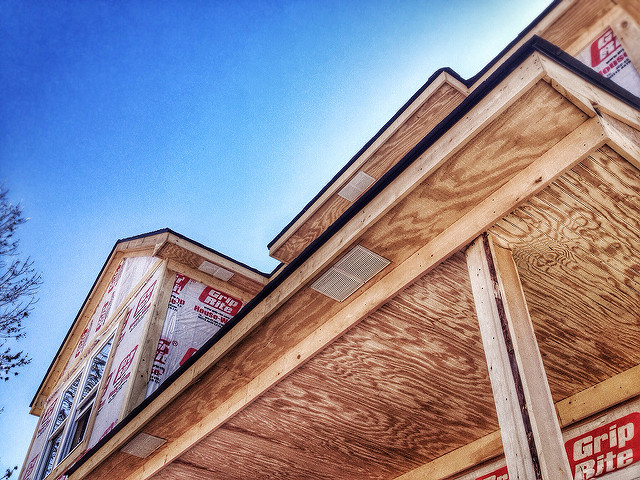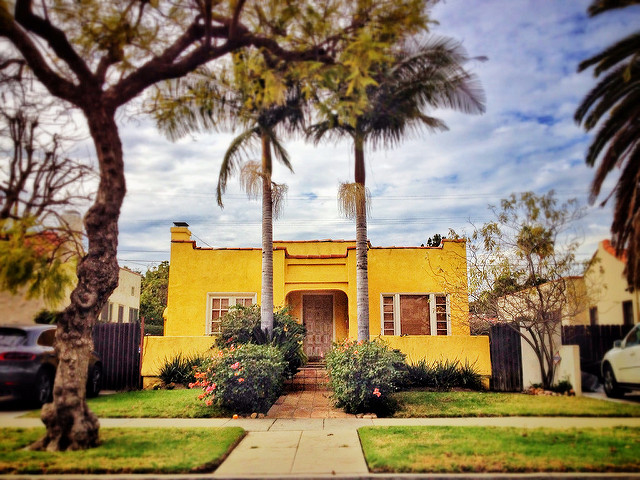The National Association of Realtors Housing Affordability Index looks at the median price of an existing single-family home and compares it to the country’s median family income to determine whether or not the typical American family could qualify for a mortgage on the typical American home. According to the most recent results, affordability conditions across the country improved month-over-month in February but declined from one year earlier. Michael Hyman, a research data specialist with the NAR, says that housing affordability has fallen over the past year due to slightly higher mortgage rates and home prices that continue to outpace household income growth. For example, incomes increased approximately 2.1 percent year-over-year while home prices, during the same time period, have gone up 4.3 percent. However, home price gains have begun to moderate and grew at a slower pace in February than they did in January. Regionally speaking, the Midwest, South, and West saw affordability conditions decline from last year, while the Northeast actually improved. The Midwest remains the country’s most affordable area to buy a house. Also in the report, the median sales price for single-family homes sold during the month was $212,300. More here.













